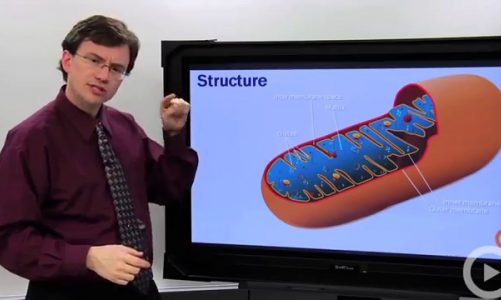📌 𝐅𝐨𝐥𝐥𝐨𝐰 𝐨𝐧 𝐈𝐧𝐬𝐭𝐚𝐠𝐫𝐚𝐦:- https://www.instagram.com/drgbhanuprakash
Join Our Telegram Channel HERE:- https://t.me/bhanuprakashdr
Subscribe To My Mailing List:- https://linktr.ee/DrGBhanuprakash
Cell Membrane Physiology and Transport mechanisms Part 1 By Dr Sree Teja : Fmge, Neet pg, and USMLE Step 1
Eukaryotic cell membranes consist of a lipid bilayer formed by an inner and outer leaflet.
The cell membrane has many functions, including maintaining structural integrity, protecting intracellular organelles, regulating the intracellular environment, acting as a semipermeable membrane, and participating in signal transduction.
Phospholipids are amphipathic molecules that make up the majority of the lipid bilayer that forms the cell membrane.
The extracellular phospholipids include phosphatidylcholine and sphingomyelin, while the intracellular phospholipids include phosphatidylethanolamine, phosphatidylserine, and phosphatidylinositol.
The phospholipids of the cell membrane are asymmetrically arranged on either side of the bilayer.
Cholesterol interacts with phospholipids within the bilayer and decreases membrane fluidity.
Peripheral membrane proteins are those that noncovalently bind to membrane components.
Integral membrane proteins are those with transmembrane domains to anchor them into the membrane.
Glycoproteins are membrane proteins that have covalently attached carbohydrates and are important for cell-cell recognition.
Membrane proteins can serve as transporters, channels, and receptors.
The fluid mosaic model describes the dynamic nature of the organization of cell membrane components and is important in processes such as exocytosis, endocytosis, membrane trafficking, and membrane biogenesis.
Membrane fluidity can be increased by higher temperature, greater unsaturation of fatty acids, and lower cholesterol content.
Certain cells, such as epithelial cells, have distinct polarity established by the cytoskeleton, with apical and basolateral membranes that serve different functions and do not fully follow the fluid mosaic model.
The glycocalyx is the sum of the sugars associated with every proteoglycan on the cell surface and has important roles in vascular endothelial cells and gastrointestinal enterocytes.
Lipid rafts are areas of the cell membrane with localized regions of elevated cholesterol and glycosphingolipids that play an important role in signal transduction.
Passive transport is the transport of solutes across the cell membrane without the need for energy input.
Active transport is the transport of solutes across the cell membrane that requires energy input (often in the form of ATP).
Primary active transport uses energy from ATP to move solutes against a concentration gradient.
Secondary active transport uses energy from the movement of one solute down a concentration gradient to power the transport of a second solute across the cell membrane.
The cell membrane is composed of an amphipathic lipid bilayer with a hydrophobic core and a hydrophilic exterior.
Small, lipid-soluble molecules can pass freely through the cell membrane via simple diffusion.
Facilitated diffusion describes the movement of large, charged, or lipid-insoluble molecules down their concentration gradient via specialized membrane proteins called membrane channel proteins and membrane carrier proteins.
Carrier proteins require a specific ligand-receptor interaction to work and are only open one side at a time.
Channel proteins are either gated channels or open pores that form tunnels through the membrane.
Osmosis is the movement of water from an area of low solute concentration to an area of high solute concentration.
Osmolality is the number of moles of solute per mass of solvent (mOsm/kg) Normal plasma osmolality is 275-300 mOsm/kg.
Osmolarity is the number of moles of solute per volume of solvent (mOsm/L). Normal plasma osmolarity is 280-295 mOsm/L.
Hypertonic solutions have high solute concentrations relative to the comparison solution: water flows into these solutions.
Hypotonic solutions have lower solute concentrations relative to the comparison solution: water flows out of these solutions.
Isotonic solutions have the same solute concentrations relative to the comparison solution: there is no net water flow into or out of these solutions.
The Nernst potential for an ion is the membrane potential for which there is no net movement across the membrane.
The Na-K transporter helps excitable cells to re-establish their resting potential after an action potential.
#cellmembrane #membranestructures #membranephysiology #generalphysiology #physiology #fmge #fmgevideos #rapidrevisionfmge #fmgejan2023 #mbbslectures #nationalexitexam #nationalexittest #neetpg #usmlepreparation #usmlestep1 #fmge #usmle #drgbhanuprakash #usmlebiochemistry #neetpgbiochemistry #biochemistryvideos #medicalstudents #physiologylectures #medicalstudent #medicalcollege #neetpg2023 #physiologyvideos #usmlephysiology #neetpgphysiology #fmgephysiology
source



